General Description
Key Benefits & Features
Applications MEMS Sensors
Block Diagram
Pin Assignments
Pin Description
Pad Coordinates
Absolute Maximum Ratings
Electrical Characteristics
CDC Characteristics
RDC Characteristics
Timing Characteristics
Detailed Description
Register Description
Configuration Registers
Register Overview
Detailed Configuration Register Description
Configuration Register 0 (Address 0x0)
Configuration Register 1 (Address 0x1)
Configuration Register 2 (Address 0x2)
Configuration Register 3 (Address 0x3)
Configuration Register 4 (Address 0x4)
Configuration Register 5 (Address 0x5)
Configuration Register 6 (Address 0x6)
Configuration Register 7:8 (Address 0x7, 0x8)
Configuration Register 11:9 (Address 0x9;0xA;0xB)
Configuration Register 12 (Address 0xC)
Configuration Register 13 (Address 0xD)
Configuration Register 14 (Address 0xE)
Configuration Register 15 (Address 0xF)
Configuration Register 16 (Address 0x10)
Configuration Register 17 (Address 0x11)
Configuration Register 18 (Address 0x12)
Configuration Register 19 (Address 0x13)
Configuration Register 20 (Address 0x14)
Configuration Register 21 (Address 0x15)
Configuration Register 22(Address 0x16)
Configuration Register 23 (Address 0x17)
Configuration Register 24 (Address 0x18)
Configuration Register 25 (Address 0x19)
Configuration Register 26 (Address 0x1A)
Configuration Register 27 (Address 0x1B)
Configuration Register 28 (Address 0x1C)
Configuration Register 29 (Address 0x1D)
Configuration Register 30 (Address 0x1E)
Configuration Register 31 (Address 0x1F)
Configuration Register 32 (Address 0x20)
Configuration Register 33 (Address 0x21)
Configuration Register 34 (Address 0x22)
Configuration Register 35 (Address 0x23)
Configuration Register 36 (Address 0x24)
Configuration Register 37 (Address 0x25)
Configuration Register 38 (Address 0x26)
Configuration Register 39 (Address 0x27)
Configuration Register 40 (Address 0x28)
Configuration Register 41 (Address 0x29)
Configuration Register 42 (Address 0x30)
Configuration Register 47 (Address 0x2F)
Configuration Register 48 (Address 0x30)
Configuration Register 49 (Address 0x31)
Configuration Register 50 (Address 0x32)
Configuration Register 51 to 53: ams internal Registers, 0x00 mandatory
Configuration Register 54 (Address 0x36)
Configuration Register 55 to 61: ams internal Registers, 0x00 mandatory
Configuration Register 62 (Address 0x3e)
Configuration Register 63 (Address 0x3f)
Read Registers
Result Registers
Status Registers
Principles of Operation
Converter Frontend
Capacitance-to-Digital Converter (CDC)
CDC Compensation Options
CDC Important Parameters
Guarding
RDC Resistance-to-Digital Converter
RDC Important Parameters
Interfaces (Serial & PDM/PWM)
Serial Interfaces (SIF)
I²C Compatible Interface
SPI Interface
GPIO and PDM/PWM
Oscillators
DSP & Memory
DSP & Environment
RAM Structure
NVRAM and ROM
DSP Configuration
Instruction Set
Instruction Details
ROM Routines
Assembly Programs
Directives
Sample Code
“for” Loop
“while” Loop
“do - while” Loop
“do - while” with 2 pointers
Rotate Right A to B
Libraries
pcap_standard.h
PCap04_ROM_addresses_standard.h
pcap_config.h
Application Information
Schematic
Minimized Bonding
Package Drawings & Markings
PCB Pad Layout
Tape & Reel Information
Soldering & Storage Information
Ordering & Contact Information
RoHS Compliant & ams Green Statement
Copyrights & Disclaimer
Document Status
Revision Information
Content Guide
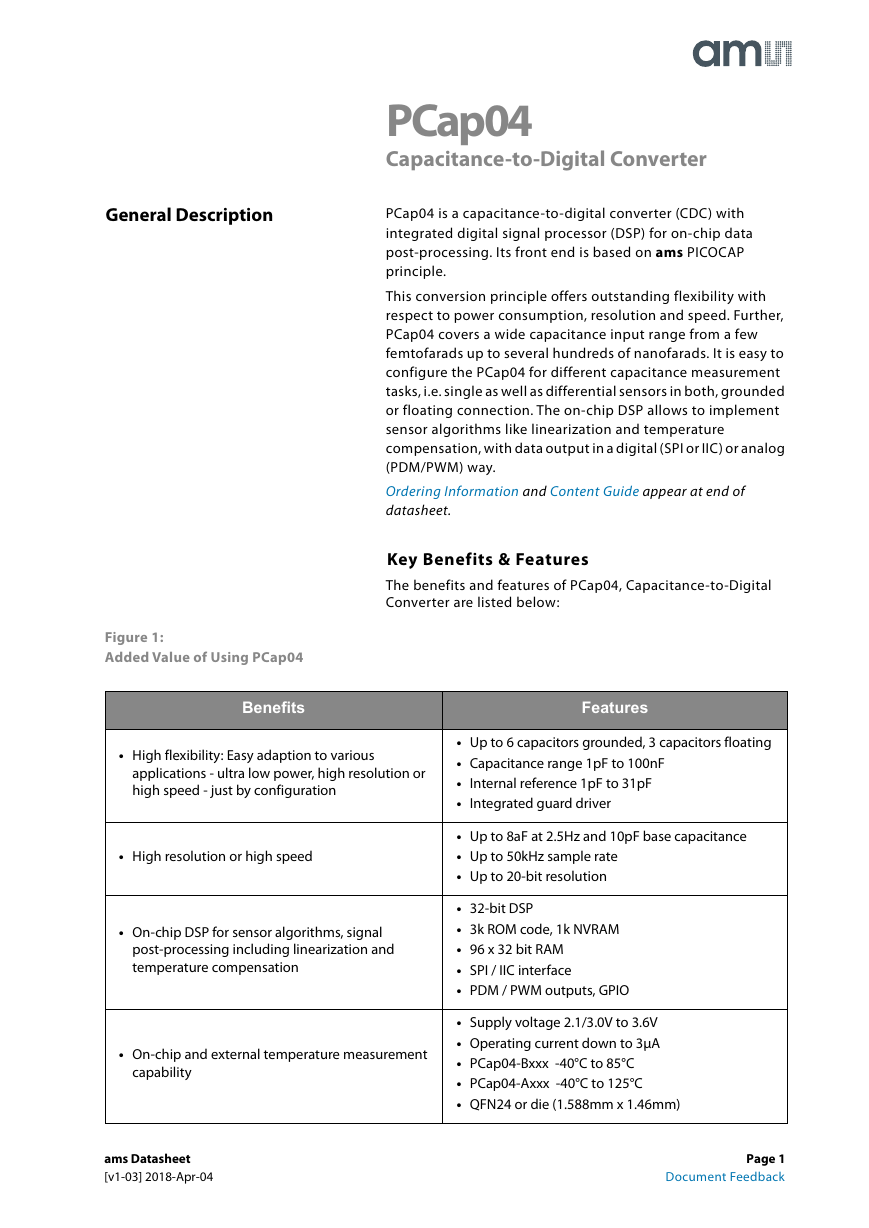

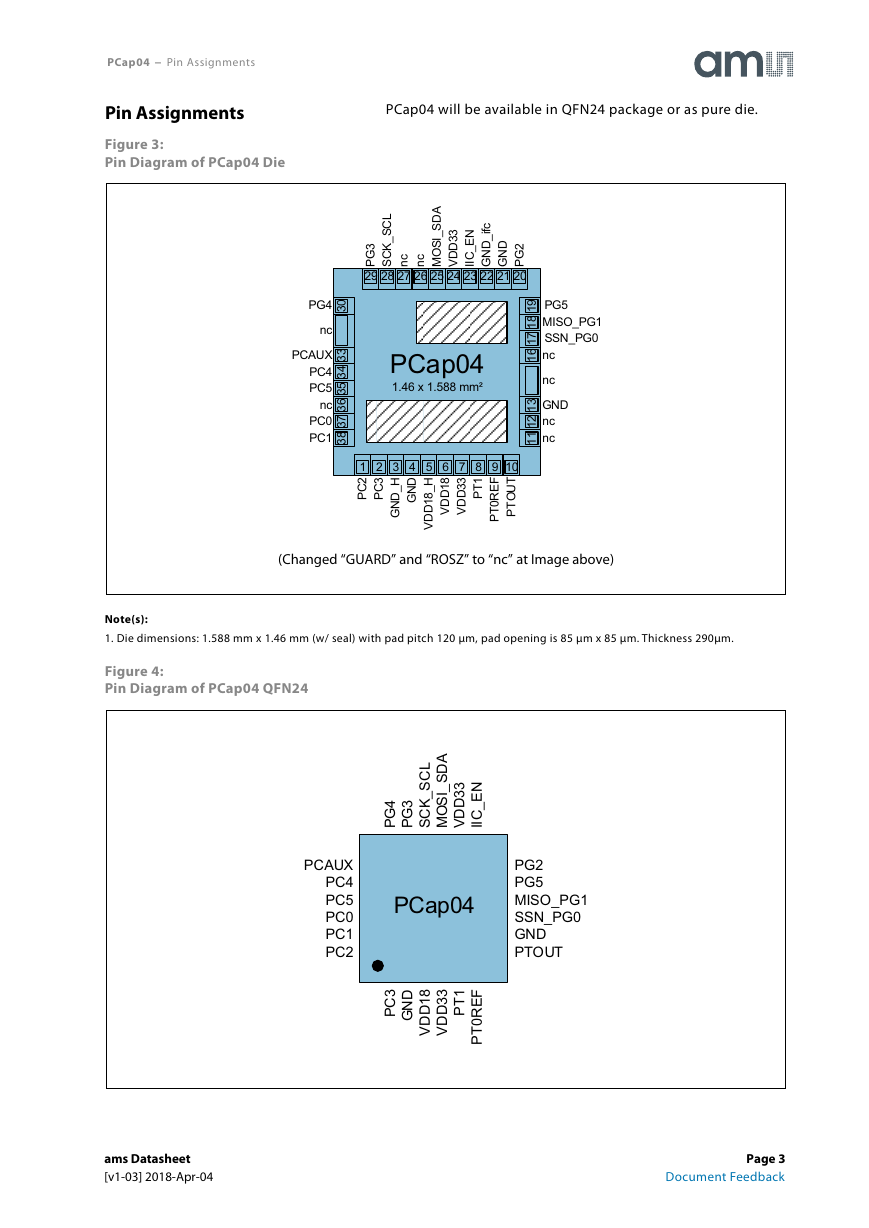
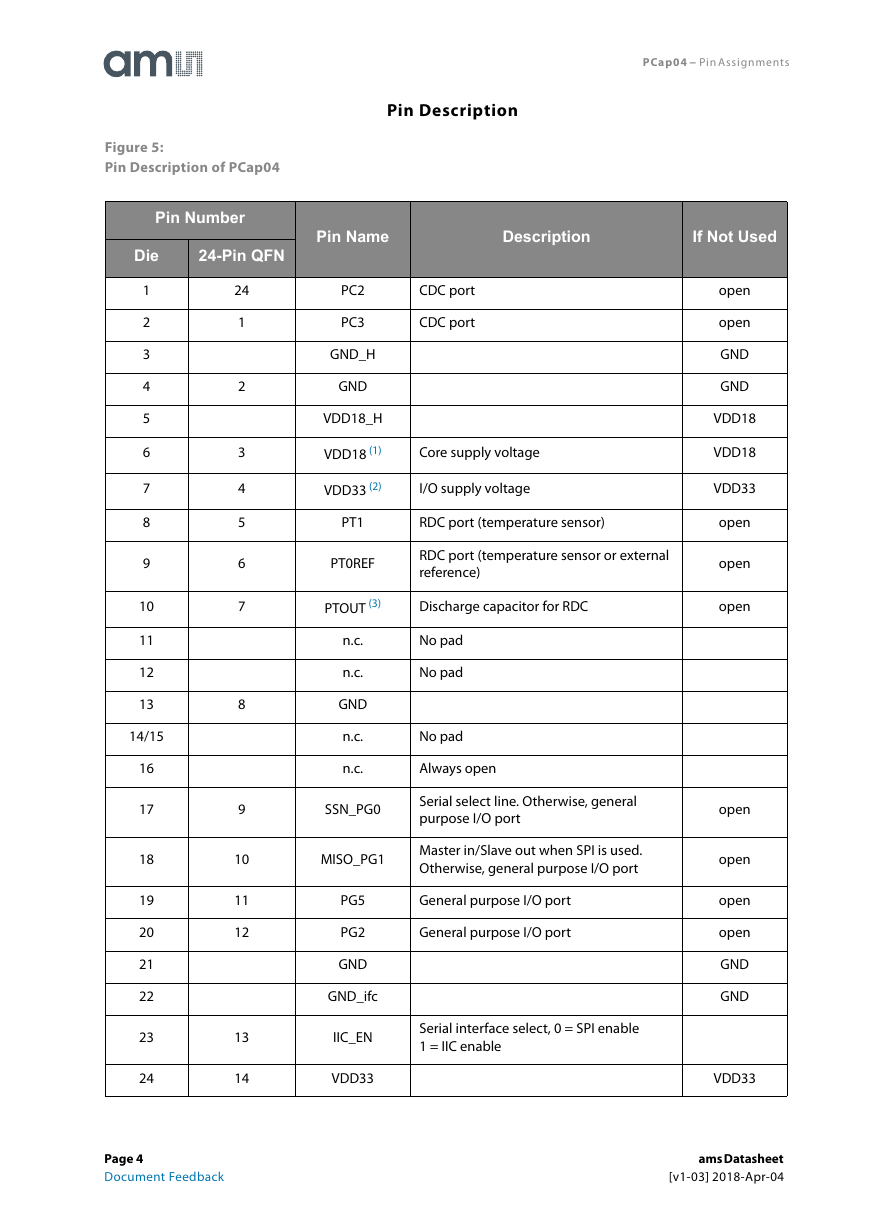
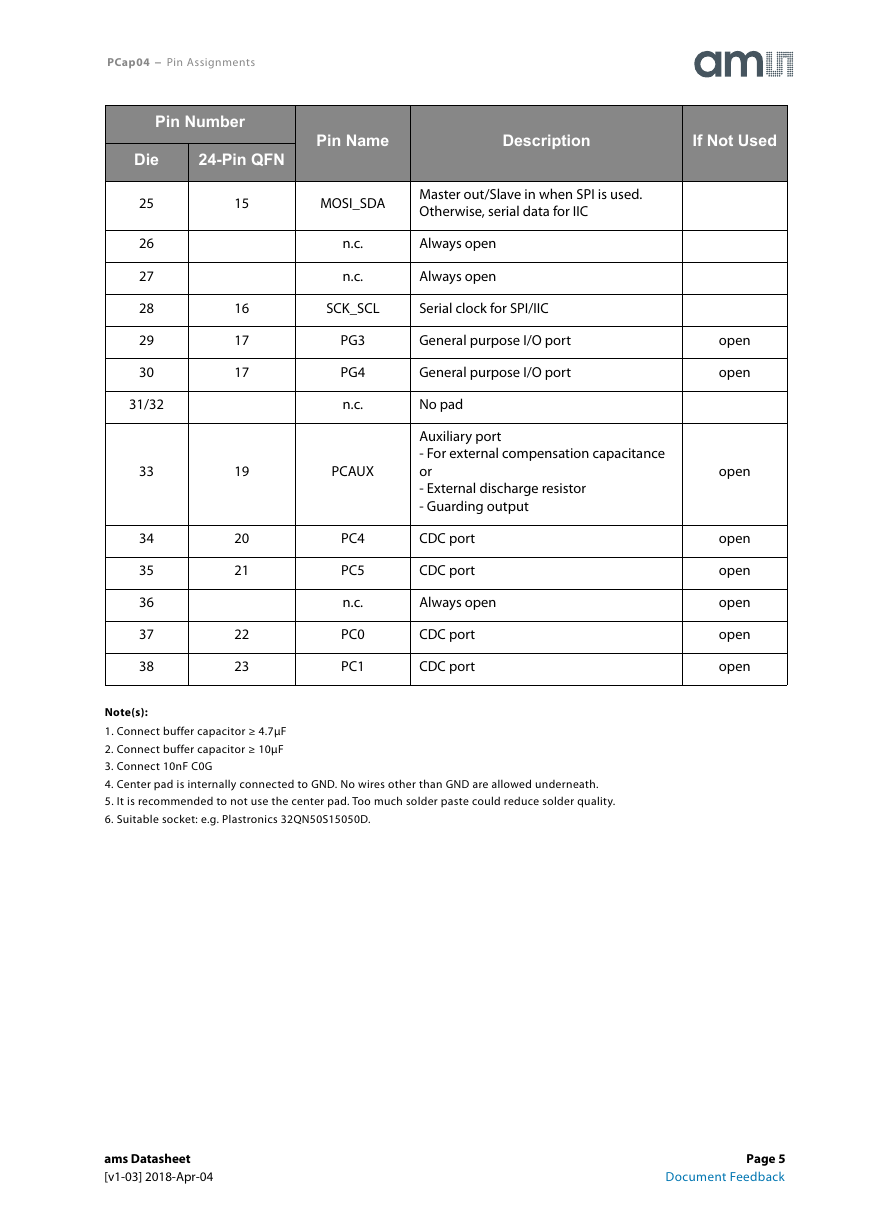

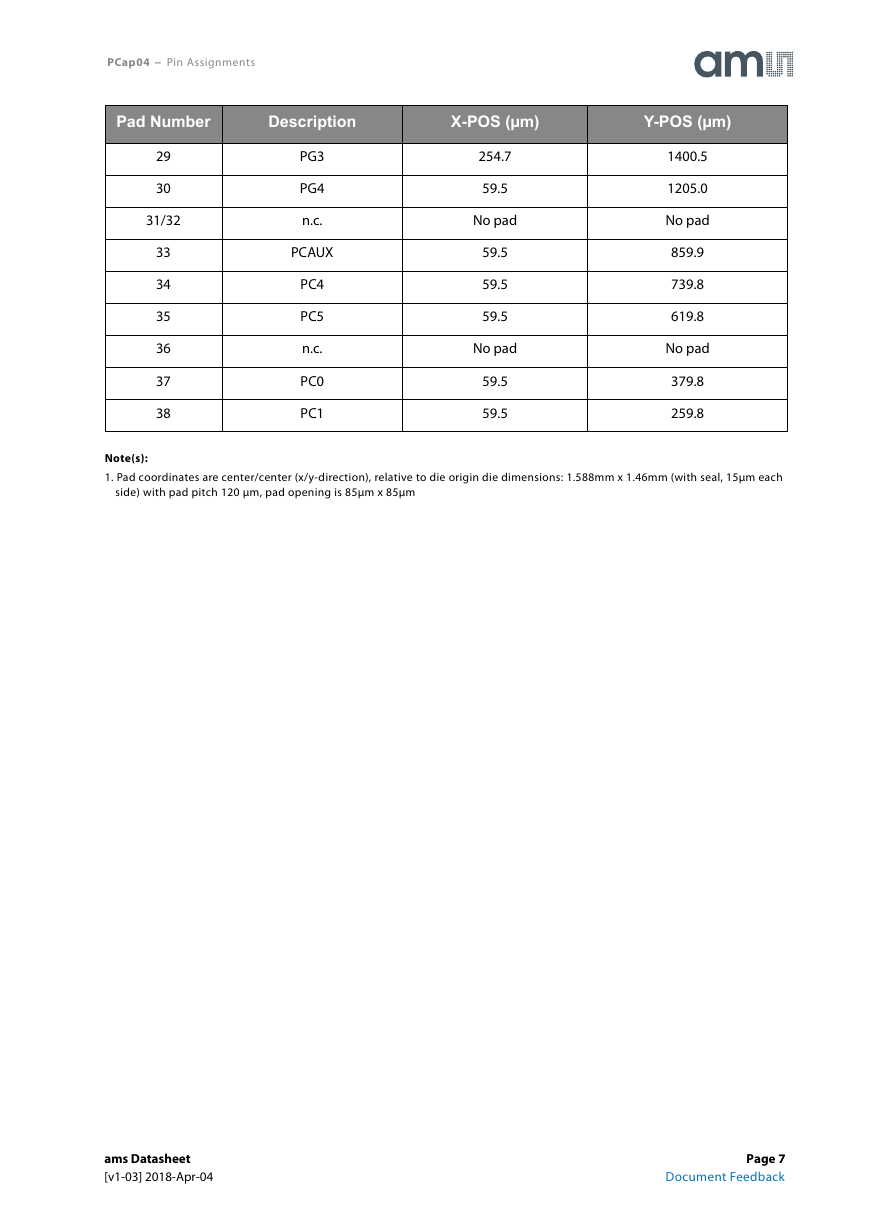
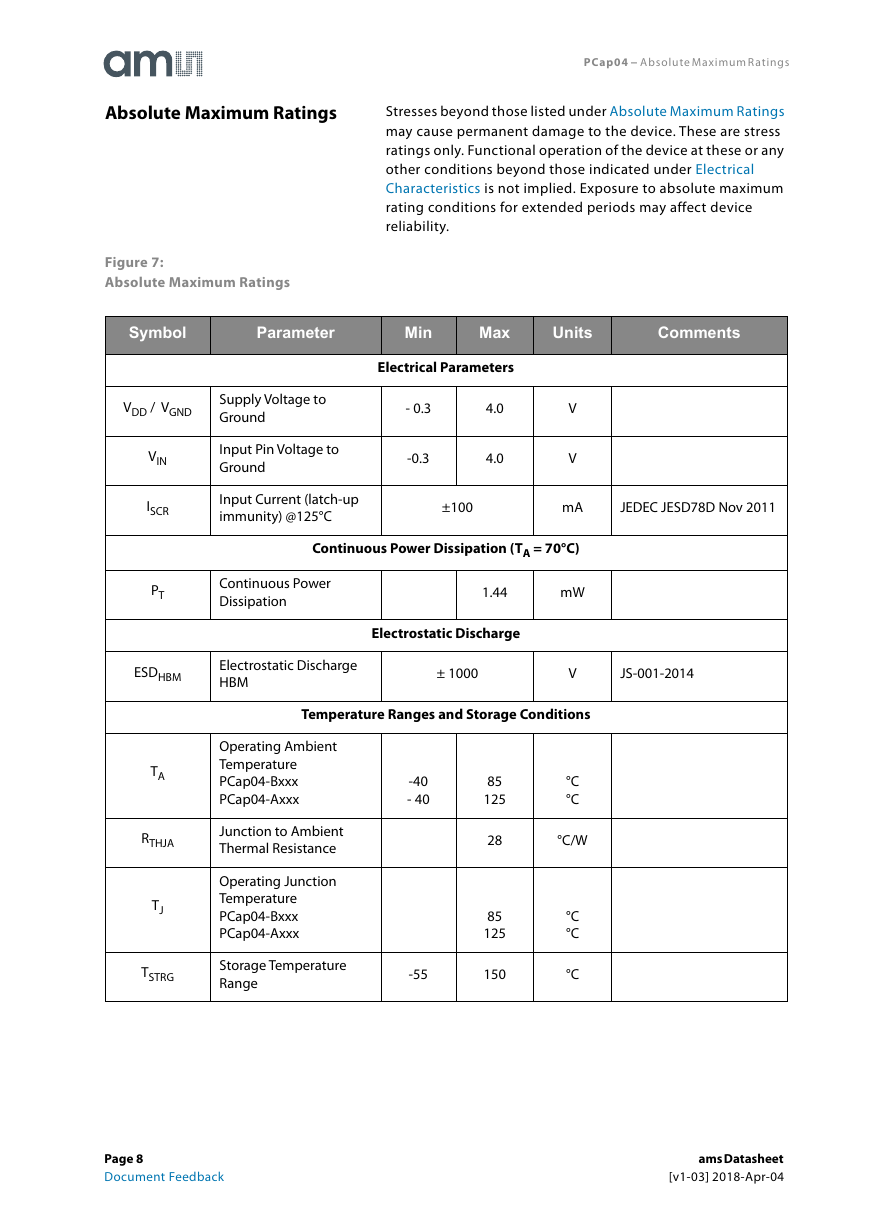








 2023年江西萍乡中考道德与法治真题及答案.doc
2023年江西萍乡中考道德与法治真题及答案.doc 2012年重庆南川中考生物真题及答案.doc
2012年重庆南川中考生物真题及答案.doc 2013年江西师范大学地理学综合及文艺理论基础考研真题.doc
2013年江西师范大学地理学综合及文艺理论基础考研真题.doc 2020年四川甘孜小升初语文真题及答案I卷.doc
2020年四川甘孜小升初语文真题及答案I卷.doc 2020年注册岩土工程师专业基础考试真题及答案.doc
2020年注册岩土工程师专业基础考试真题及答案.doc 2023-2024学年福建省厦门市九年级上学期数学月考试题及答案.doc
2023-2024学年福建省厦门市九年级上学期数学月考试题及答案.doc 2021-2022学年辽宁省沈阳市大东区九年级上学期语文期末试题及答案.doc
2021-2022学年辽宁省沈阳市大东区九年级上学期语文期末试题及答案.doc 2022-2023学年北京东城区初三第一学期物理期末试卷及答案.doc
2022-2023学年北京东城区初三第一学期物理期末试卷及答案.doc 2018上半年江西教师资格初中地理学科知识与教学能力真题及答案.doc
2018上半年江西教师资格初中地理学科知识与教学能力真题及答案.doc 2012年河北国家公务员申论考试真题及答案-省级.doc
2012年河北国家公务员申论考试真题及答案-省级.doc 2020-2021学年江苏省扬州市江都区邵樊片九年级上学期数学第一次质量检测试题及答案.doc
2020-2021学年江苏省扬州市江都区邵樊片九年级上学期数学第一次质量检测试题及答案.doc 2022下半年黑龙江教师资格证中学综合素质真题及答案.doc
2022下半年黑龙江教师资格证中学综合素质真题及答案.doc